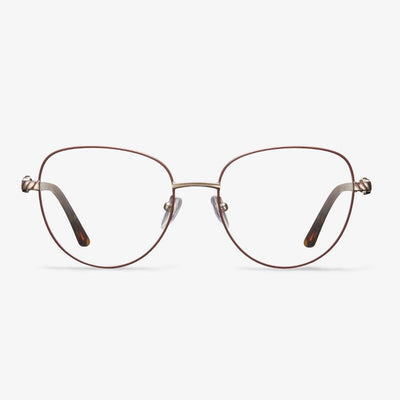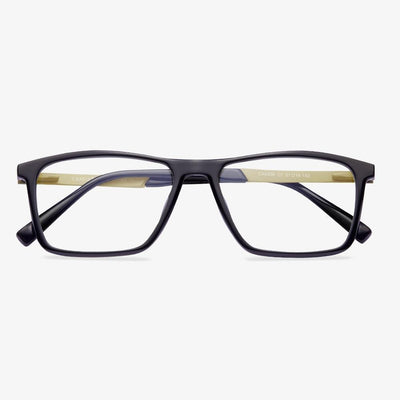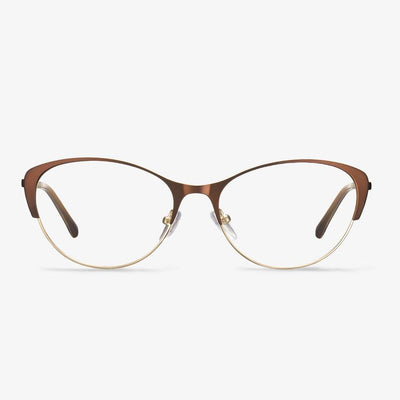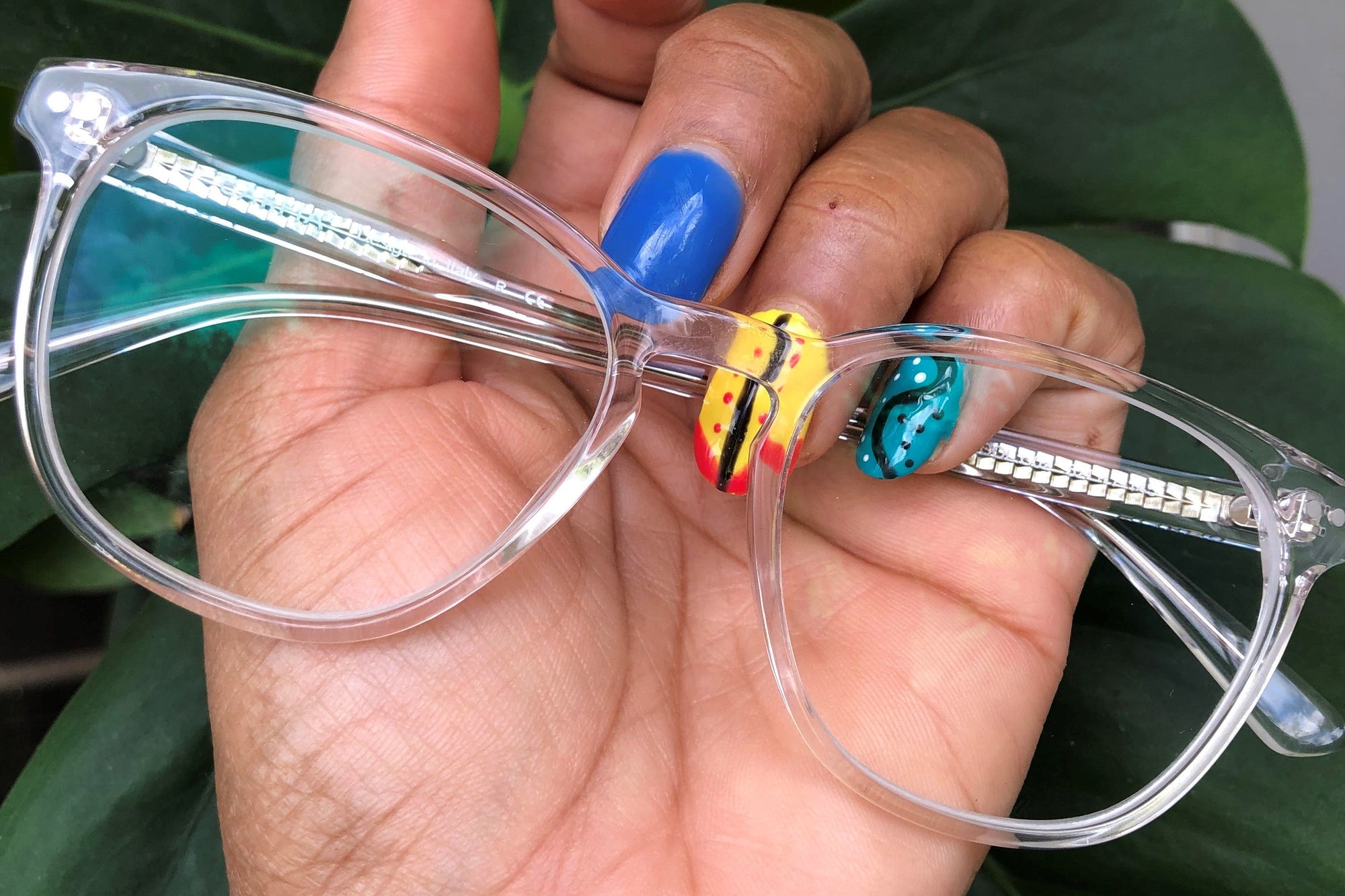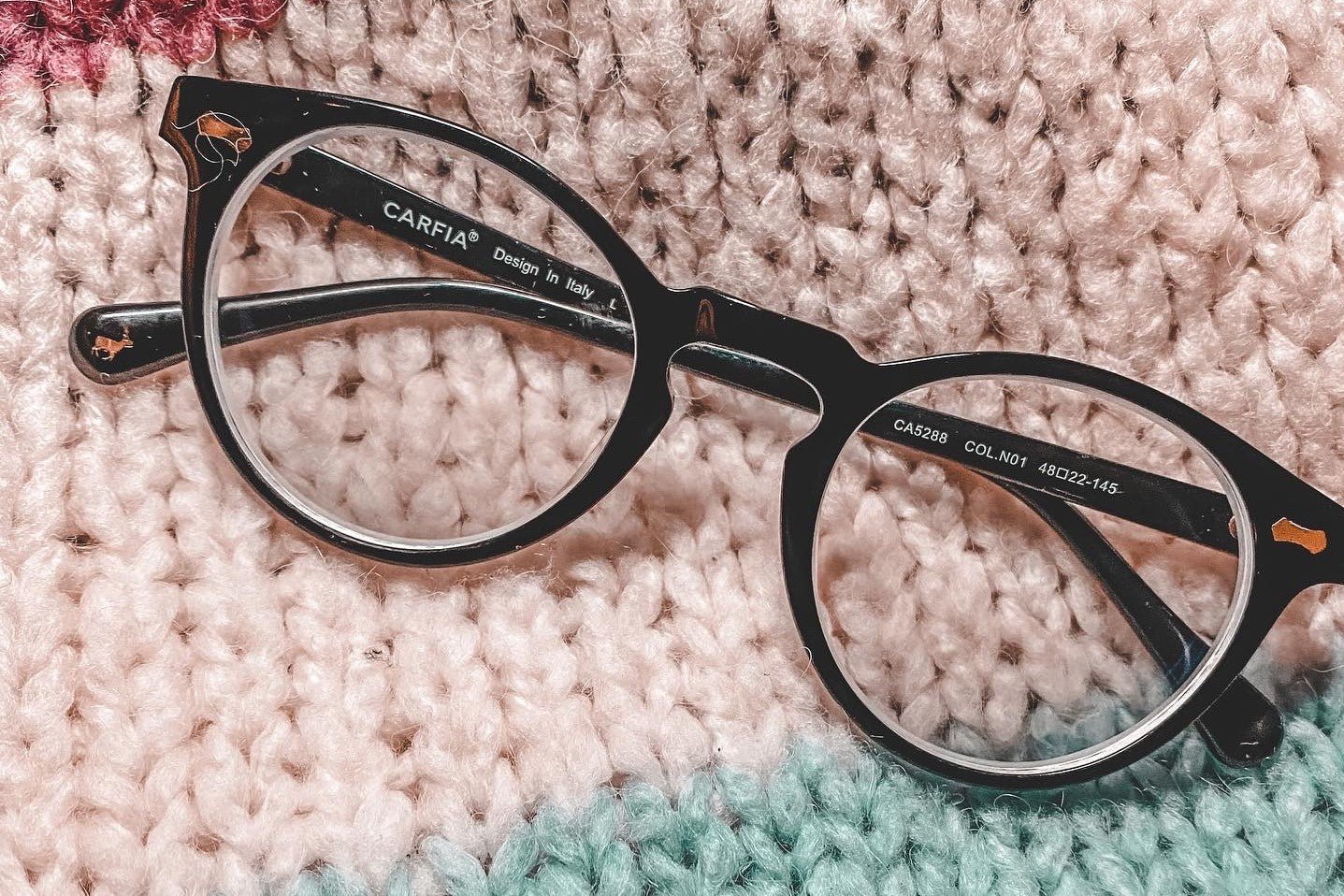About Glasses Donation
Some enterprises adhere to the quality of survival. They always adhere to the credibility and development of the business philosophy, investing in public welfare undertakings and fulfill their social responsibilities. They donate glasses, have free vision tests, and put forward reasonable love eye care advice according to the results of the test to the public.
Type of eyeglasses cloth
There are many kinds of cloth for glasses. There is mainly sheepskin eyewear cloth, and there is microfiber eyewear cloth. There are suede and double-sided cloth and so on. Professional eyewear cloth must use more than 200 grams of weight/per cubic centimeter of microfiber. This kind of raw material chemical fiber is fine, and tactility is soft, so it will not damage the lens. This kind of wipe cloth can be used on a computer screen. The two sides of the cloth are different, and the smooth side is used to scrub the lenses. Because the dirt on the lens is mostly small. The rough side is designed to give you more friction when you touch it with your finger, so you can use it more easily, and you can clean it more.
What Should You Do If Your Glasses Are Broken?
Adjust the frame by yourself. If your frame is tilted, place your glasses on a flat surface to determine which arm is higher than the other. If the right arm looks raised, you'll need to use pliers to bend the left arm down at the hinge. Or, if the left arm is raised, bend the right arm at the hinge. You can bend your metal-framed arms inward. You can turn the nose pad inward if the glasses slip under your nose. To make the frames more flexible, you can heat them with a hairdryer. If the metal frame has broken into pieces, you may need to take it to a professional. However, if your metal frames just bend, you may be able to repair them by yourself.
The Disadvantages of Polycarbonate Lens
In this section, we will show you the disadvantages of polycarbonate glasses.
First, the polycarbonate lens is expensive than other regular lenses. It can cost up to double the price of regular eyeglasses.
Second, compared with high-index lenses, polycarbonate glasses have a lower abbe value, which is used to measure the dispersion of light for different eyeglasses lens materials. Polycarbonate lens rates lower mean they have the potential to cause slight chromatic aberrations in your peripheral vision.
Third, compared with Trivex lens, polycarbonate lens has bad durability since they are thinner and lighter.
What Is a Prism in Glasses?
Prism is triangular and made of plastic or glasses for the purpose of dispersing light into a spectrum or changing the direction in which light is reflected.
Prism lenses are special lenses that are prescribed by eye doctors and infused into regular lens prescriptions. The prism glasses do not include contain any focusing power, and therefore cannot any refractive errors. So, one of the most common uses for prism glasses is to correct diplopia or double vision. Double vision means someone sees two separate images of a single object. The prism glasses help to align the two images and correct the problem. The prism glasses can be used to improve binocular vision and reduce double vision, headaches, reading difficulties, and so on.
Choose rectangular glasses based on the shape of your face.
If you belong to the oval face, do not choose the too large or angular glasses frame. And do not choose long or square ones. It will be easy to elongate the face and affect the overall appearance. The shape of a round face is the opposite of a square face, so the buying principle of the glasses is basically the opposite of a square face. You need a more angular one to improve the shape of the face, but you need a square face (elongate) principle, that is, use a lower height, higher temple position of the frame.
Glasses Size - Temple Length
The length of the temple is the length of the arm of your glasses. It's how far the arm is bent, all the way to where it intersects the frame. Although lengths may range from 120 to 150 mm, there are some common industry standards:135, 140, 145, and 150 mm. The temples are long enough to extend beyond your ears, so the ends can be changed to match the contours of your head behind your ears.

















